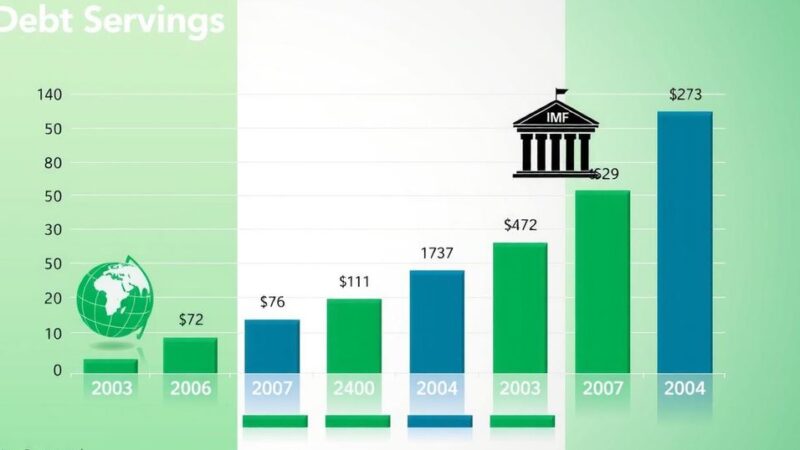Tanzania is positioning itself as a growing economic challenger to Kenya, with improved trade volumes and infrastructure. Recent data from the EAC indicates Tanzania has surpassed Kenya in trade, supported by advancements in tourism and fiscal strength. If successful in implementing structural reforms, Tanzania could potentially displace Kenya as East Africa’s economic powerhouse.
Tanzania is gradually positioning itself as a formidable economic competitor to Kenya, East Africa’s current economic powerhouse. Kenya, with its Gross Domestic Product (GDP) of approximately $104 billion, has maintained its status through diversification and consistent growth rates averaging 4.8% from 2007 to 2022. Conversely, Tanzania, whose economy is valued at $80 billion, is increasingly setting itself apart by improving trade volumes, particularly within the East African Community (EAC), and enhancing its transport infrastructure.
In a recent development highlighted during the EAC Heads of State summit, President William Ruto acknowledged that Tanzania had surpassed Kenya in trade volumes. Significant progress has also been made in logistics, with the Port of Dar es Salaam outperforming Mombasa in the World Bank’s Container Port Performance Index, illustrating Tanzania’s strategic advantage in trade routes to the Common Market for Eastern and Southern Africa.
Moreover, Tanzania’s tourism sector is thriving, attributed to its strategic marketing initiatives that have attracted tourists away from Kenya’s renowned Maasai Mara following a dramatic hike in park fees there. This influx is a direct response to Tanzania’s competitive positioning in the services sector, where it is also witnessing growth alongside improvements in its fiscal health, reflected in a robust debt-to-GDP ratio and declining non-performing loans in its financial sector.
If Tanzania continues to implement effective structural reforms, it holds the promise of eventually displacing Kenya as the leader in the East African Community. However, achieving this objective will require sustained effort and careful strategy.
This article discusses the evolving economic landscape in East Africa, particularly the competition between Kenya and Tanzania. Historically, Kenya has been the economic leader in the region, recognized for its advanced market economy and rapid embrace of economic liberalism. In contrast, Tanzania’s previous focus on cooperative economic principles under Julius Nyerere, coupled with intermittent political instability, constrained its economic growth. Currently, however, Tanzania is demonstrating significant growth and improvements, suggesting a potential shift in regional economic dynamics.
In conclusion, Tanzania is emerging as a significant competitor to Kenya in East Africa’s economic landscape. With recent advancements in trade, infrastructure, and fiscal policy, Tanzania is not only closing the gap but is also on the verge of overtaking Kenya as the region’s economic leader. As both nations maneuver through this dynamic environment, the future will determine whether Tanzania can sustain its growth trajectory and capitalize on its potential strengths to assume the forefront of East African commerce.
Original Source: www.thecitizen.co.tz






